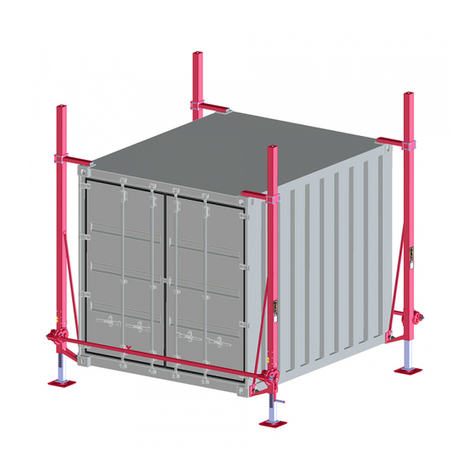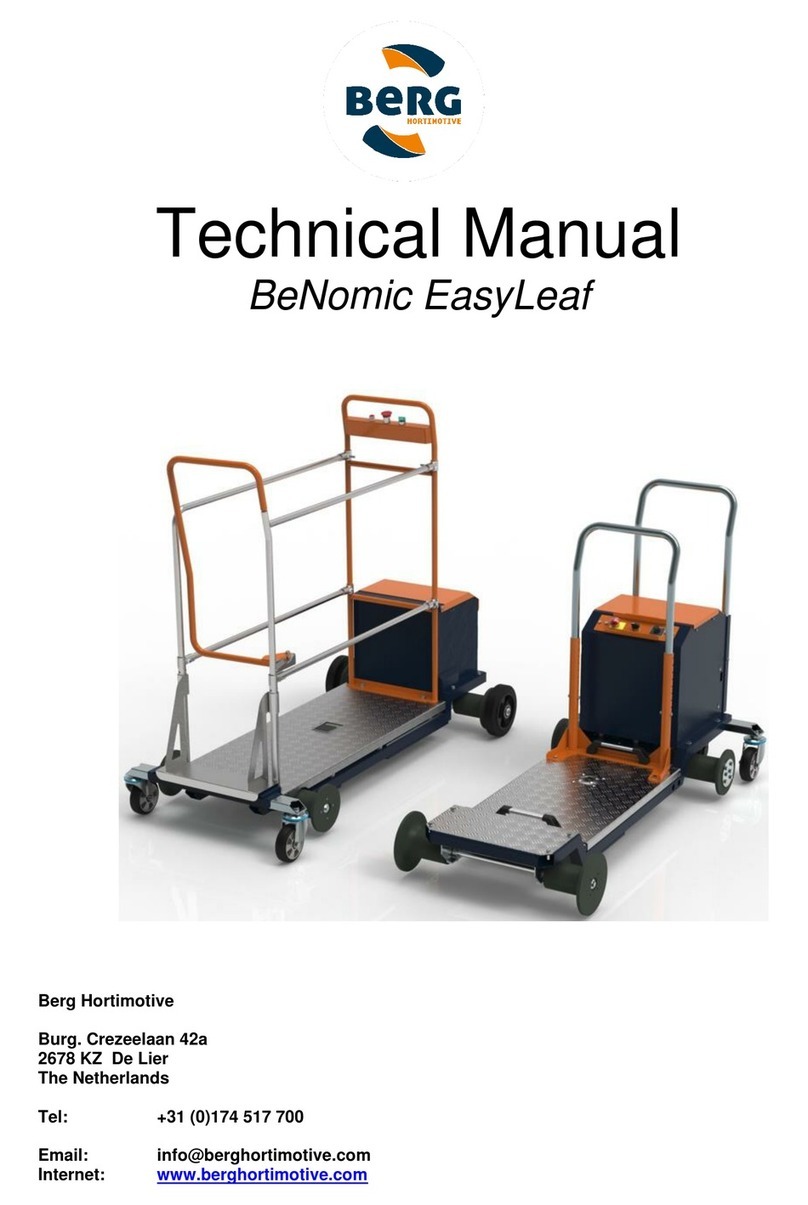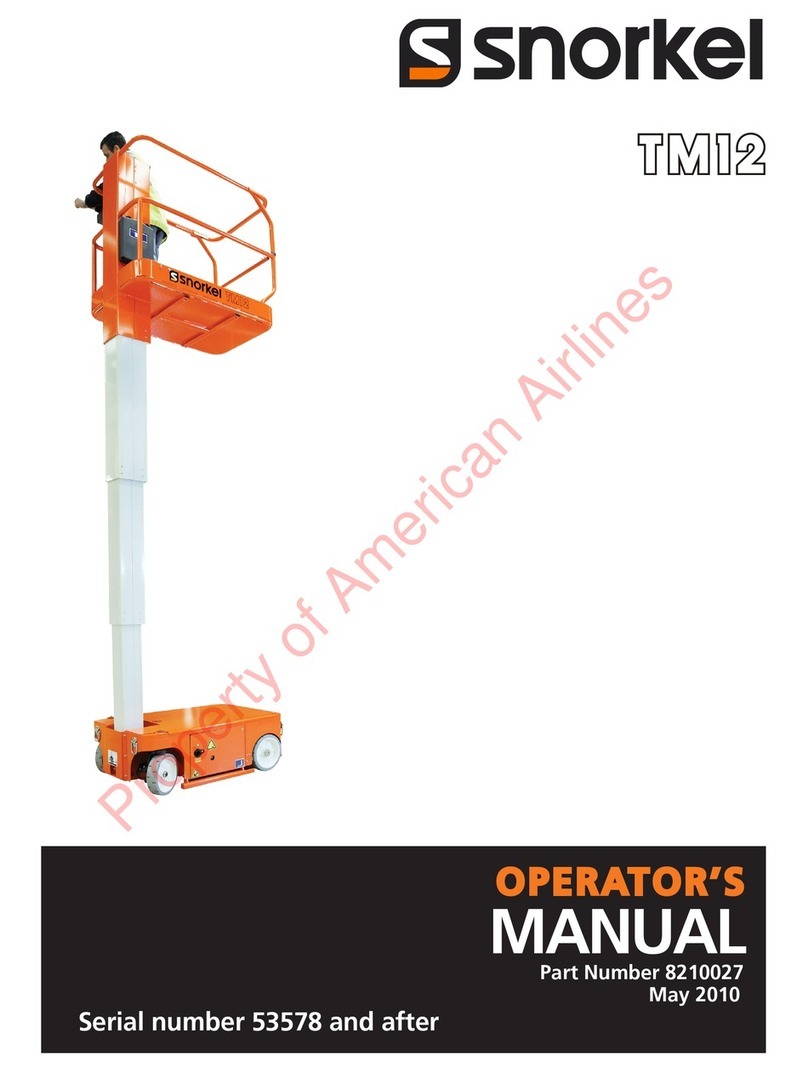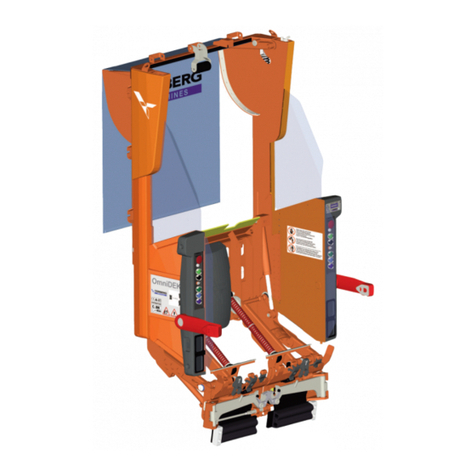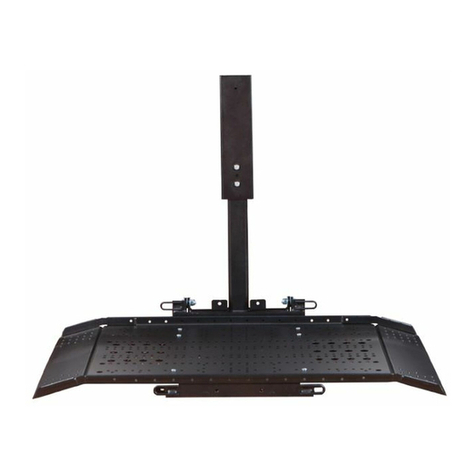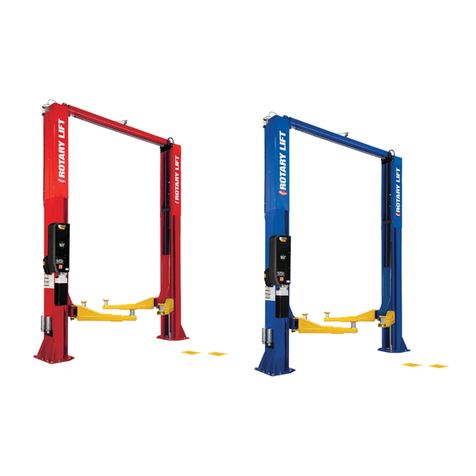
Contents
3 of 34
Deep Lift System
Contents
1 General.................................................................................................................................................... 5
1.1 Principles ...........................................................................................................................................................5
1.2 Target group.....................................................................................................................................................5
1.3 Other applicable documents............................................................................................................................5
1.4 Symbols .............................................................................................................................................................5
1.5 Key to safety symbols/markings.......................................................................................................................5
2 Safety...................................................................................................................................................... 7
2.1 General..............................................................................................................................................................7
2.2 Intended use .....................................................................................................................................................7
2.3 Personnel qualification and personnel training.............................................................................................7
2.4 Consequences and risks caused by non-compliance with these operating instructions ..............................7
2.5 Safety awareness ..............................................................................................................................................8
2.6 Safety information for the user/operator.......................................................................................................8
2.7 Safety information for maintenance, inspection and installation ................................................................8
2.8 Unauthorised modes of operation..................................................................................................................8
3 Transport/Storage/Disposal .................................................................................................................. 9
3.1 Checking the condition upon delivery............................................................................................................9
3.2 Transport...........................................................................................................................................................9
3.2.1 Placing down the lifting accessory......................................................................................................9
3.3 Storage/preservation........................................................................................................................................9
3.4 Return to supplier...........................................................................................................................................10
3.5 Disposal ...........................................................................................................................................................11
4 Description............................................................................................................................................ 12
4.1 General description ........................................................................................................................................12
4.2 Designation.....................................................................................................................................................12
4.3 Product information.......................................................................................................................................12
4.3.1 Product information as per Regulation No. 1907/2006(REACH) ....................................................12
4.4 Name plate......................................................................................................................................................12
4.5 Configuration and function...........................................................................................................................13
4.6 Dimensions and weights ................................................................................................................................13
4.7 Operating limits..............................................................................................................................................14
4.8 Tightening torques.........................................................................................................................................14
4.9 Materials .........................................................................................................................................................14
5 Operation.............................................................................................................................................. 15
5.1 Safety regulations...........................................................................................................................................15
5.2 Lowering the pump set..................................................................................................................................15
5.3 Pulling out the pump set ...............................................................................................................................19
6 Servicing/Maintenance........................................................................................................................ 23
6.1 Safety regulations...........................................................................................................................................23
6.2 Maintenance/inspection.................................................................................................................................23
6.3 Cleaning ..........................................................................................................................................................24
6.4 Spare parts stock.............................................................................................................................................24
6.4.1 Ordering spare parts..........................................................................................................................24
7 Trouble-shooting.................................................................................................................................. 25
8 Related Documents.............................................................................................................................. 26
8.1 General assembly drawing with list of components ....................................................................................26
8.2 Dimensions......................................................................................................................................................27
8.2.1 Bail for Deep Lift System ...................................................................................................................27
8.2.2 Deep Lift System DLS-4 ......................................................................................................................28
8.2.3 Deep Lift System DLS-15 ....................................................................................................................28


